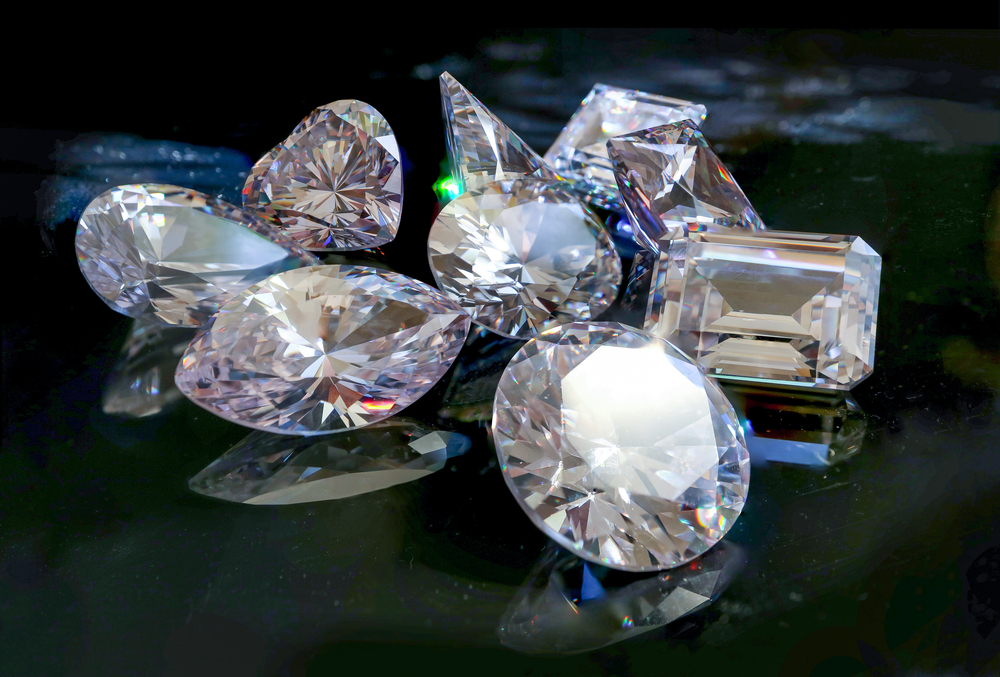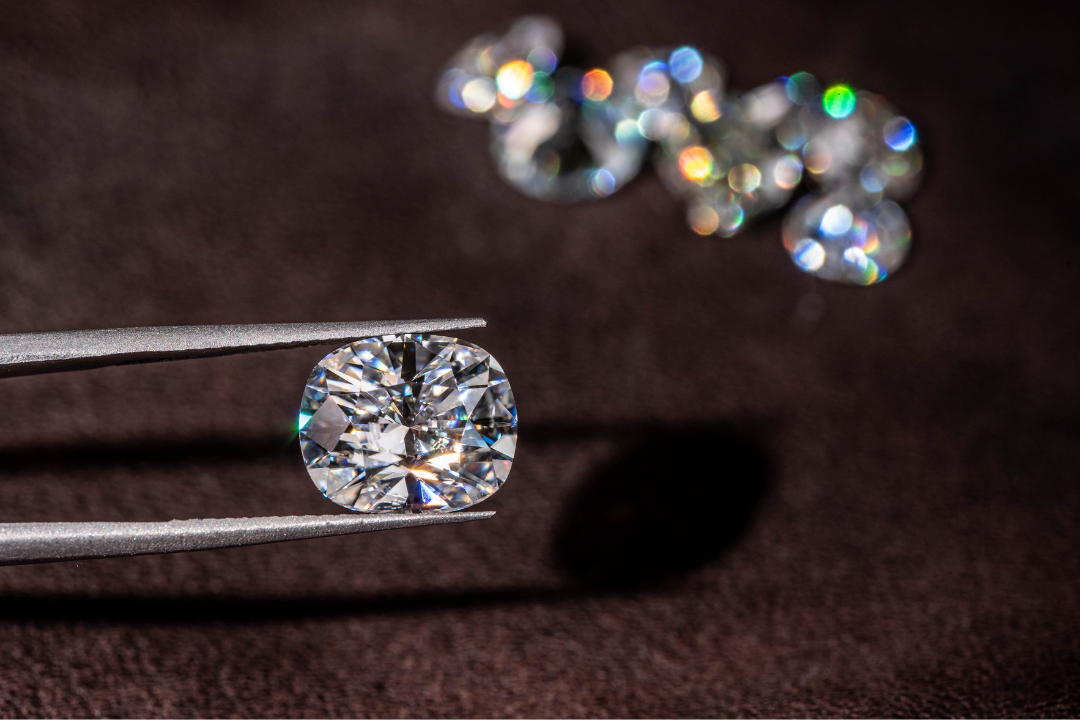Diamonds have always been a symbol of luxury, elegance, and beauty. Over the years, advancements in technology have made it possible to create diamonds in a lab environment, and these diamonds are gaining more popularity among consumers. Two primary methods for creating lab-made diamonds are HPHT (High Pressure High Temperature) and CVD (Chemical Vapor Deposition). These two methods have some key differences, and hpht vs cvd buyers make an informed decision when purchasing a lab-made diamond.
Table of Contents
ToggleWhat is HPHT?
HPHT, or High Pressure High Temperature, is one of the oldest methods used to create lab-made diamonds. It mimics the natural process that occurs deep within the Earth where carbon is subjected to extremely high pressure and temperature, causing it to crystallize into diamond form. This method uses a press to create the necessary conditions for diamond formation. HPHT diamonds are often characterized by their unique internal inclusions, which can be used to distinguish them from naturally occurring diamonds.
One of the main advantages of HPHT is that it is a well-established method for producing high-quality diamonds. Many lab-made diamonds created using the HPHT method are visually stunning, and they can be used for a variety of applications, including jewelry. HPHT diamonds tend to have a slightly different structure compared to CVD diamonds, and this can impact the appearance of the diamond, including its brilliance and color.
What is CVD?
CVD, or Chemical Vapor Deposition, is another popular method for creating lab-made diamonds. Unlike HPHT, which involves high pressure and temperature, CVD uses a gas mixture to deposit carbon atoms onto a substrate, forming a diamond layer by layer. The process takes place in a vacuum chamber, where the gases are energized to create a plasma that allows the carbon atoms to bond together, forming a diamond crystal.
CVD diamonds are known for their high purity and clarity, as they are grown in a controlled environment that minimizes impurities. This method allows for more flexibility in terms of size and shape compared to HPHT. CVD diamonds also tend to have fewer inclusions, which can make them visually appealing to consumers looking for a flawless diamond. As CVD diamonds are created at a lower temperature and pressure than HPHT diamonds, they can be grown more quickly, which may make them a more affordable option for some buyers.
HPHT vs CVD: The Key Differences
While both HPHT and CVD are methods for creating lab-made diamonds, there are some notable differences between the two. The most significant difference is the process itself. HPHT diamonds are created by subjecting carbon to high pressure and temperature, while CVD diamonds are formed by using gases in a vacuum chamber to create a plasma that bonds carbon atoms together.
Another key difference is the structure of the diamonds. HPHT diamonds tend to have a different crystal structure compared to CVD diamonds, which can impact their appearance. HPHT diamonds often have more inclusions, which can create a unique pattern within the diamond. On the other hand, CVD diamonds typically have fewer inclusions, making them appear clearer and more flawless.
In terms of cost, HPHT diamonds may be more expensive due to the complexity of the high-pressure, high-temperature process. However, CVD diamonds are often more affordable, as they are grown at a lower temperature and pressure, and the process can be more efficient.
Which One is Better: HPHT or CVD?
The decision between HPHT and CVD diamonds ultimately depends on individual preferences and priorities. HPHT diamonds are known for their unique appearance and high-quality craftsmanship, and they may appeal to buyers who are looking for a diamond with a more traditional, natural look. These diamonds are also known for their durability and are suitable for use in a variety of jewelry pieces.
On the other hand, CVD diamonds may be the better choice for those who prioritize clarity and affordability. The controlled environment in which CVD diamonds are grown allows for fewer inclusions, making them an excellent choice for those seeking a flawless diamond. Additionally, the faster production time and lower cost of the CVD method may make it a more appealing option for budget-conscious buyers.
Both HPHT and CVD diamonds are stunning and can be used for engagement rings, necklaces, earrings, and other fine jewelry. The choice between the two methods will depend on factors such as budget, aesthetic preferences, and desired diamond characteristics.
Why Lab-Made Diamonds Are Gaining Popularity
Lab-made diamonds, whether created using the HPHT or CVD method, are becoming increasingly popular among consumers. One of the main reasons for this is that lab-made diamonds are more affordable than natural diamonds. They are also considered a more ethical choice, as they are not mined from the Earth, which can have harmful environmental and social impacts.
Lab-made diamonds also offer a level of transparency that is often lacking in the natural diamond industry. With lab made diamonds, consumers can trace the origin of the diamond and have peace of mind knowing that it was produced in a controlled environment. This transparency is appealing to buyers who are concerned about the environmental and ethical implications of diamond mining.
Conclusion
In the debate of HPHT vs CVD, both methods have their strengths and can produce stunning lab-made diamonds. HPHT is a traditional method that creates diamonds with unique characteristics, while CVD offers a more controlled process that results in diamonds with fewer inclusions and greater clarity. Ultimately, the choice between HPHT and CVD will depend on the buyer’s preferences, budget, and the qualities they prioritize in a diamond. Regardless of the method, lab-made diamonds are an excellent option for those seeking a beautiful, ethical, and affordable alternative to mined diamonds.



